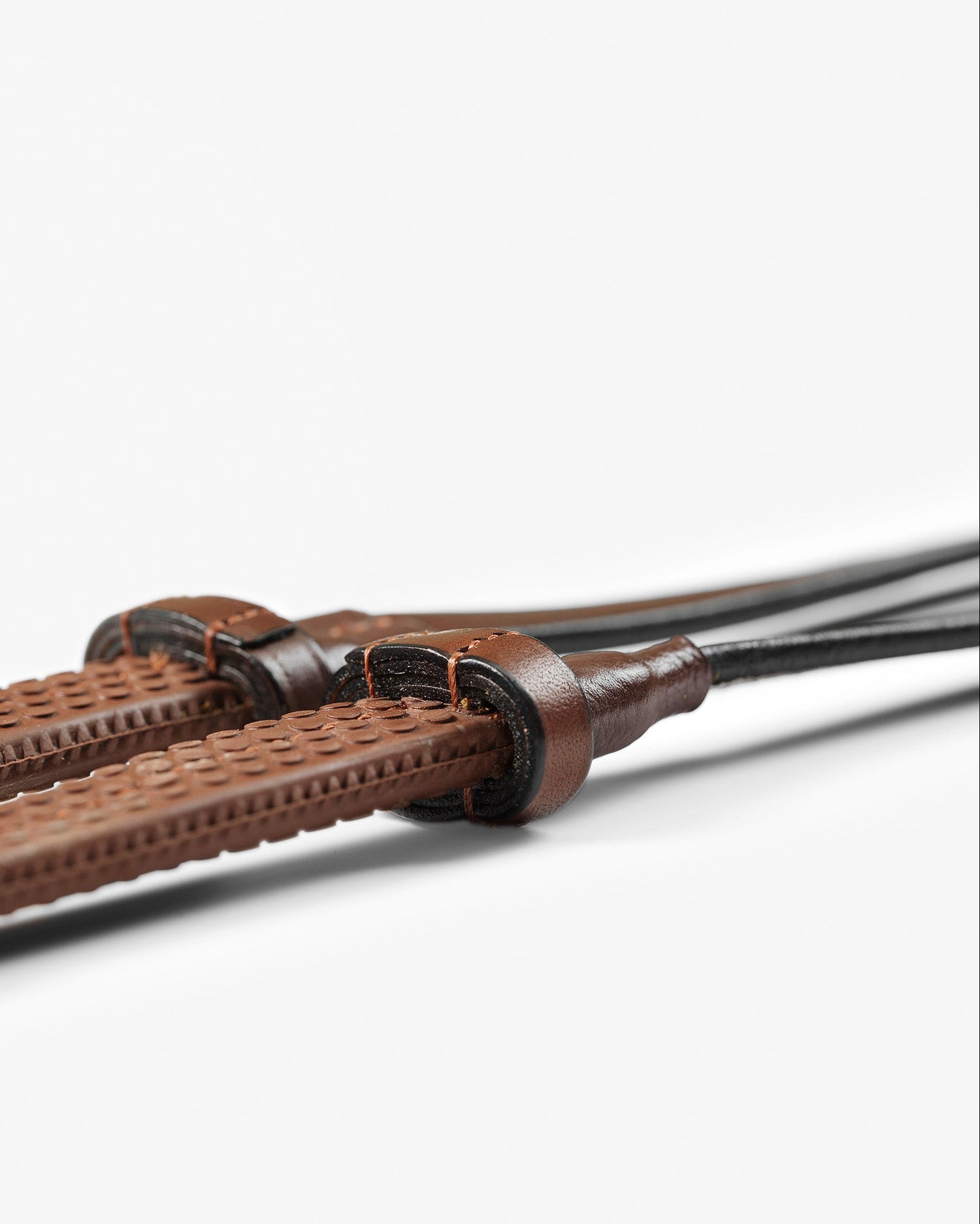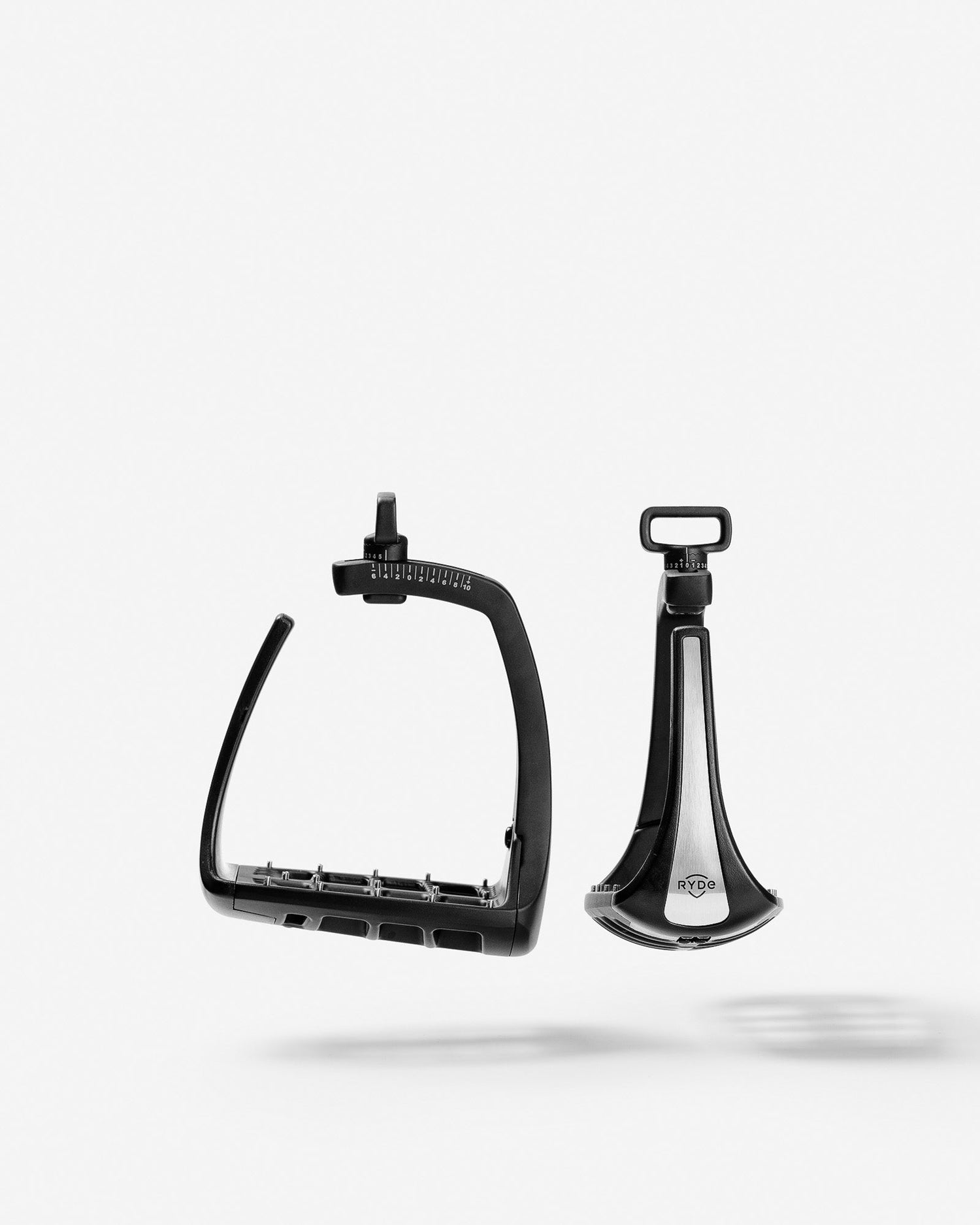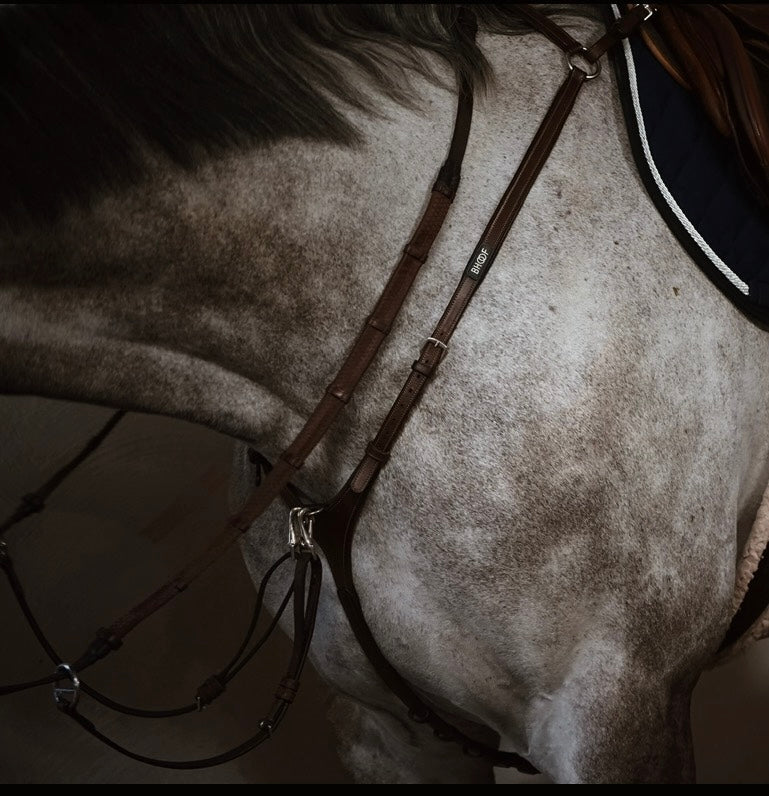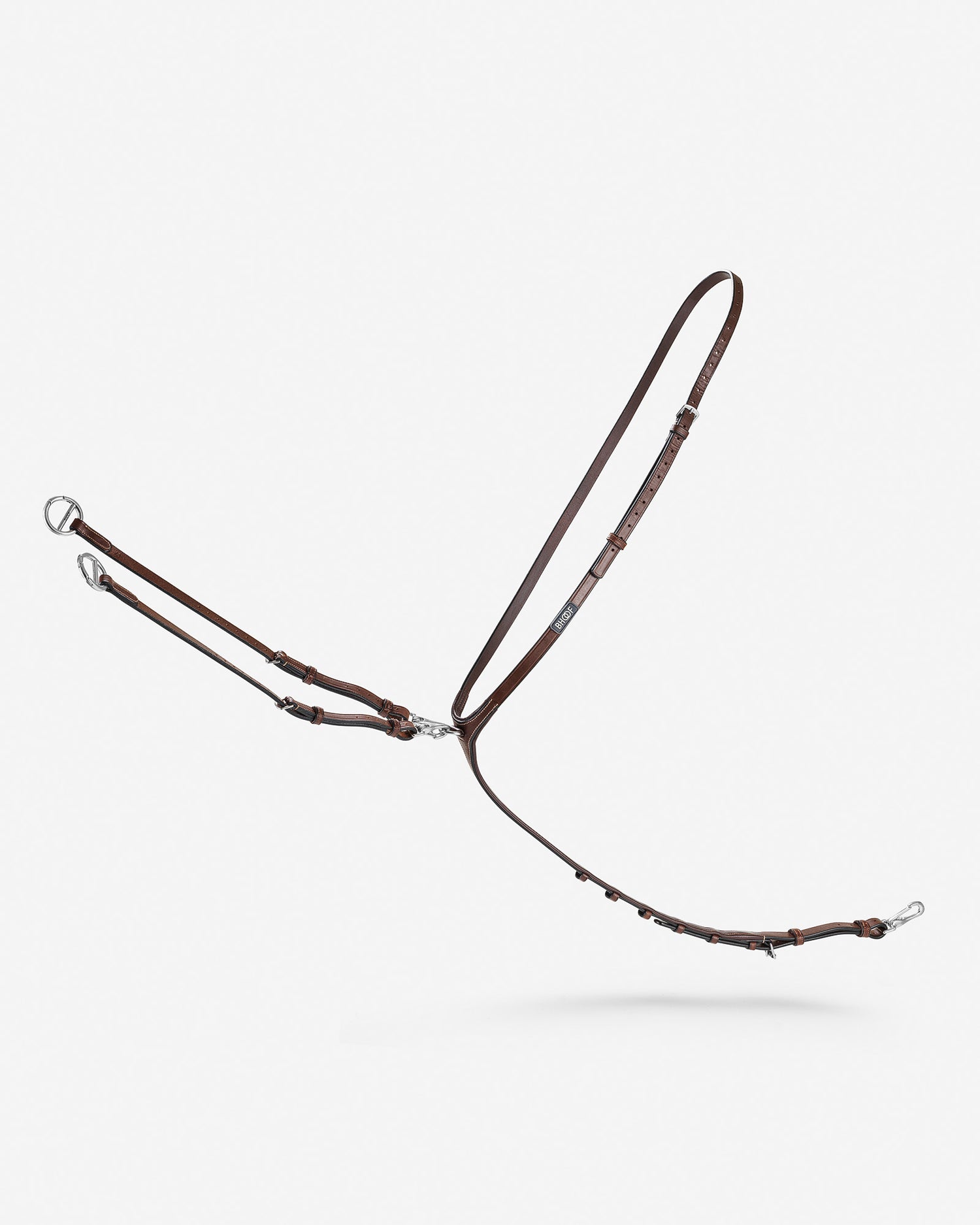PRODUCTS
FOR PROGRESS
The Bhoof values are embodied by Peder Fredricson's lifelong experience and curiosity in innovation and improvement of the equipment for the horse and rider.

FOR
OPTIMAL
COMFORT
Equestrian sports equipment especially developed for high performance. Crafted with comfort and lightweight in focus for both horse and rider, without compromising on safety and design. Founded by Peder Fredricson.
PEDER'S FAVORITES
Our naturally tanned leather stands out with its high quality, softness and as one of the lightest available. Each product is carefully crafted to prioritize maximum comfort and safety for both horse and rider. It is the small details that make all the difference in critical situations.


BHOOF SAFETY REIN 1


BHOOF BREASTPLATE HIGH POSITION 2

BHOOFMENT
Bhoof is more than a brand - we are a philosophy of constant improvement powered by Peder Fredricson. With Bhoofment, we aim to challenge the status quo, offer fresh insights, and provide valuable expertise on how to sustainably evolve equestrian performance for both horse and rider.





























